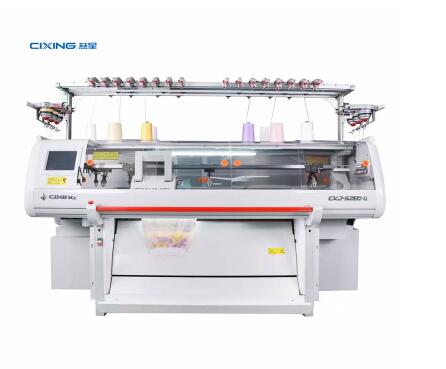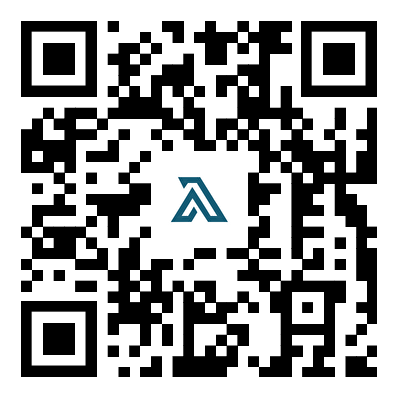Programming a Computerized Flat Knitting Machine: A Step-by-Step Guide
2024-10-30
Introduction
Computerized flat knitting machines are powerful tools that allow for intricate designs and patterns in textile production. Programming these machines may seem daunting, but with a structured approach, you can master it. This guide will walk you through the essential steps.
---
Step 1: Understand Your Machine
- Familiarize Yourself: Read the user manual to understand your specific machine model.
- Components: Identify key components like the control panel, yarn feeders, and knitting bed.

Step 2: Set Up the Machine
- Installation: Ensure the machine is installed on a stable surface and connected to power.
- Threading: Properly thread the yarn through the feeders and tension guides.
- Calibration: Calibrate the machine settings according to the manufacturer's instructions.
Step 3: Choose or Design Your Pattern
- Pre-Designed Patterns: Most machines come with built-in patterns. Select one that suits your project.
- Custom Designs: Use knitting design software (e.g., KnitCAD, Designaknit) to create custom patterns.
- Input Specifications: Set dimensions, stitch types, and colors.
Step 4: Transfer the Design
- Data Transfer: Connect your computer to the knitting machine via USB, Ethernet, or other compatible methods.
- File Formats: Ensure your design file is in a format compatible with the machine (e.g., .knt or .knit).
Step 5: Set Machine Parameters
- Stitch Density: Adjust the stitch density based on the fabric you want to create.
- Yarn Tension: Set the tension according to the yarn type and weight.
- Speed Settings: Determine the optimal speed for your project.
Step 6: Test Knitting
- Test Swatch: Knit a small test swatch to check for issues like tension or pattern accuracy.
- Adjustments: Make any necessary adjustments to stitch tension, speed, or design.
Step 7: Start the Production Run
- Load Yarn: Ensure sufficient yarn is loaded to complete the project.
- Begin Knitting: Start the machine and monitor the process closely for any errors.
- Quality Checks: Regularly inspect the output for consistency and quality.
Step 8: Post-Production
- Finishing: Remove the knitted fabric and finish the edges as needed.
- Cleaning: Regularly clean the machine to maintain performance and longevity.
Step 9: Troubleshooting
- Common Issues: Be prepared to troubleshoot common problems like skipped stitches or yarn breakage.
- Reference Manual: Use the user manual for specific error codes or issues.
Conclusion
Programming a computerized flat knitting machine involves understanding the machine, preparing designs, and executing your projects with precision. With practice, you’ll become more efficient and creative in your knitting endeavors.


